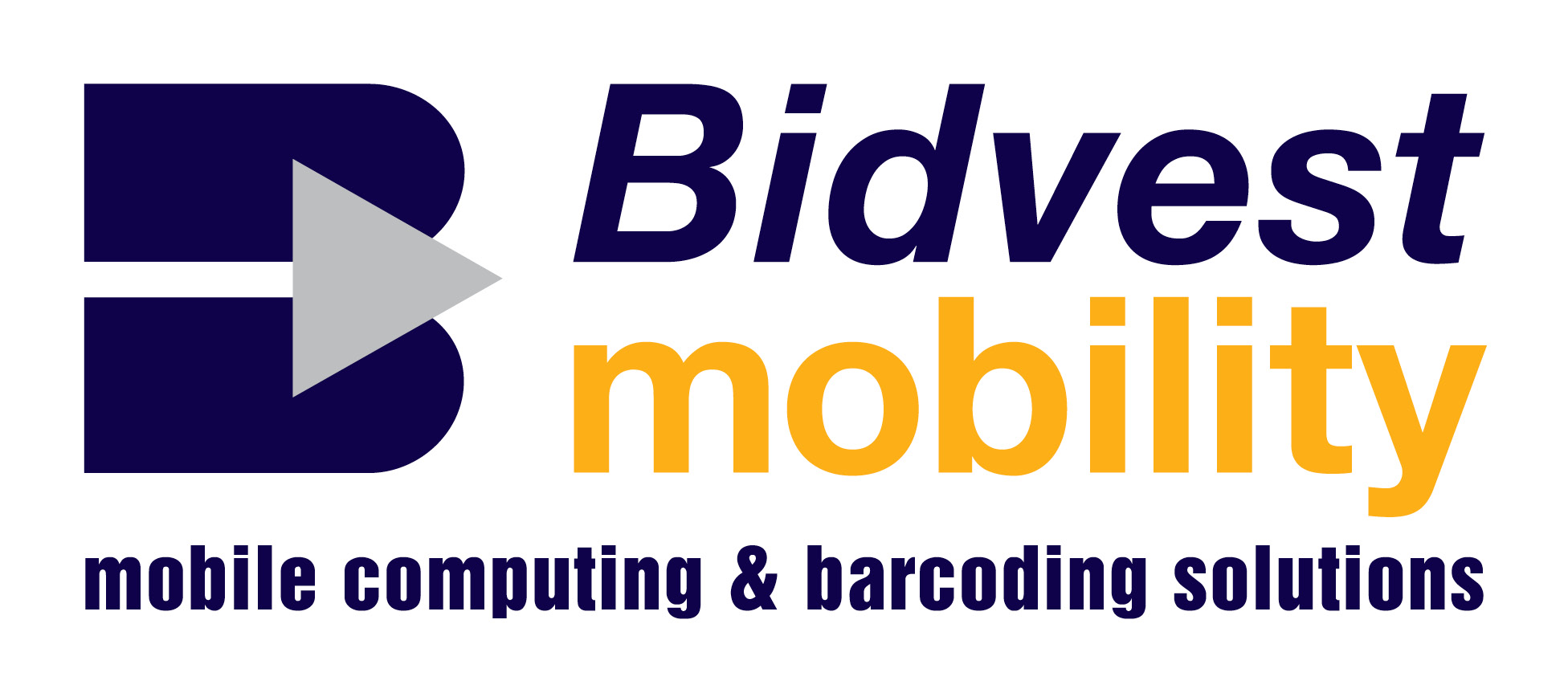During the COVID-19 lockdown, there has been an increased demand for technology solutions that make it easy to decrypt South African drivers’ licences.
According to Luke Dunstan, Executive Head of Sales of Bidvest Mobility, provider of South African drivers’ licences and other mobile computing solutions, there has been an increase in security measures throughout SA due to lockdown, and this has spiked the need for technology by authorities and commerce to confirm the identity of people. “Coupled with this, the SA driver’s licence has become a key local identification verification document,” he added.
“The SA driver’s licence stores a great deal of data in the bar code, such as initials, surname, identity number, driver’s licence number, date of issue, expiration date, etc. Also included in the bar code is the photograph of the bearer. The signature and biometric fingerprint are, however, not stored in the current version of the card,” he explained.
The bar code on the reverse side of the South African driver’s licence is an encrypted bar code, which contains two keys, a private one to encrypt the data and store it in the bar code, and a public key which decrypts the bar code.
Dunstan explained how it works: “To decrypt the bar code, you require a copy of the public key, which is linked uniquely to the serial number of the mobile device on which it is installed. This unique link generates an activation code, which is loaded onto the device via a cloud-based server account and only needs to be done once. A mobile device with the relevant software application is required to decrypt the bar code.”
There are varying models, but the most common method is for the decryption to be handled independently on the mobile device. “Breaking out to a server is not desirable in areas where connectivity is poor and, as a result, this approach is recommended,” said Dunstan.
“If you have a solution that is scan intensive, or doesn’t allow for poor response times, then a good 2D imager or scanner is necessary,” he added. “An example of this would be an access control or guarding application, where you simply can’t afford a user to struggle to scan the bar code. Imagers are designed to scan bar codes and have better motion tolerance and depth of field than regular cameras found in phones and tablets.”
Mobile and desktop solutions comprising scanning hardware and software are necessary for SA driver licence decryption, and most devices used today are Android based and come in varying IP ratings for specific deployment environments. A scanner preloaded with the driver’s licence decryption algorithm can be connected via a USB port, or can be embedded into kiosks or boom gates, etc, or installed in its desktop stand. The PC software suite supports the scanner and it is ideal for over-the-counter applications.
In addition, biometric fingerprints can be linked to the driver’s licence records, or other security cards can be scanned, and the round format vehicle licence disks can also be linked to the vehicle’s driver.xd
Share
Editorial contacts
